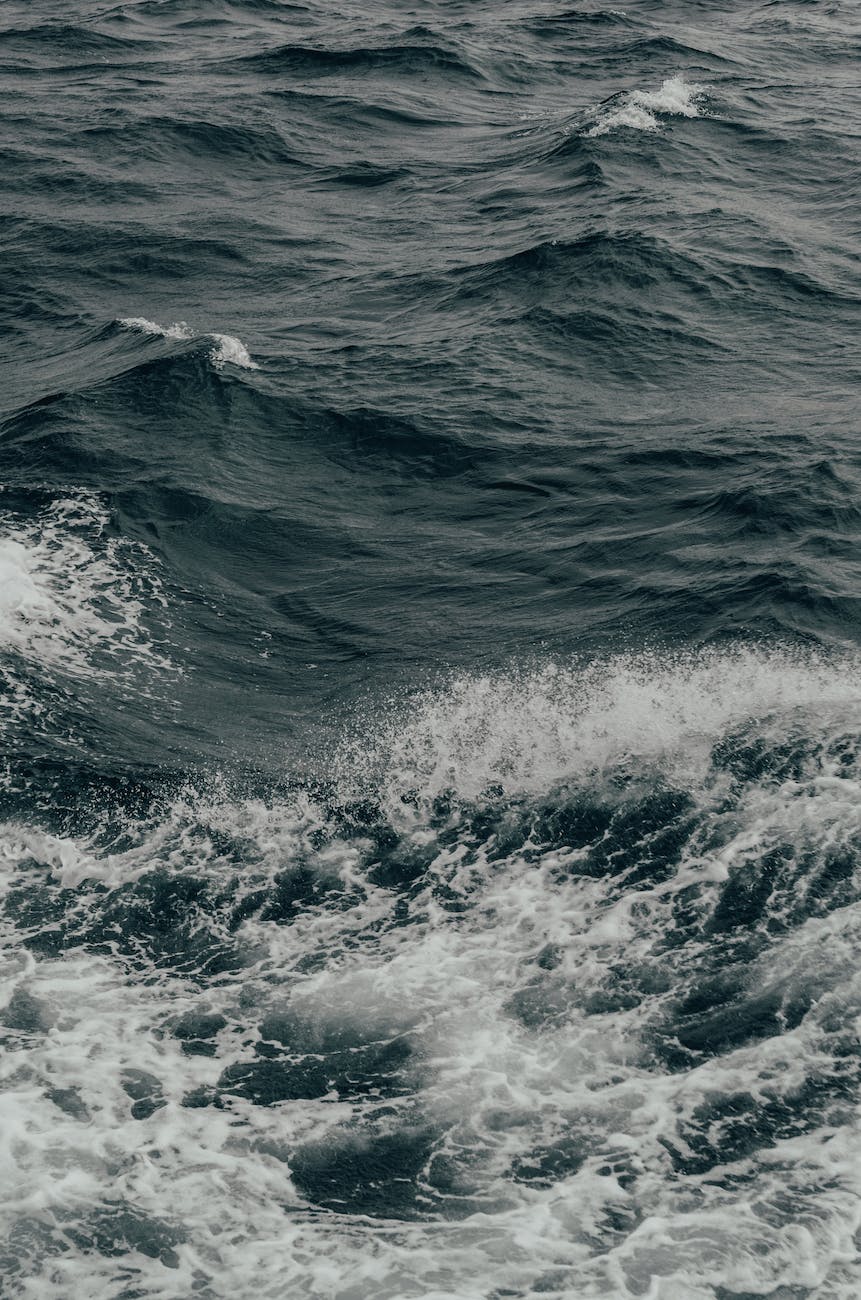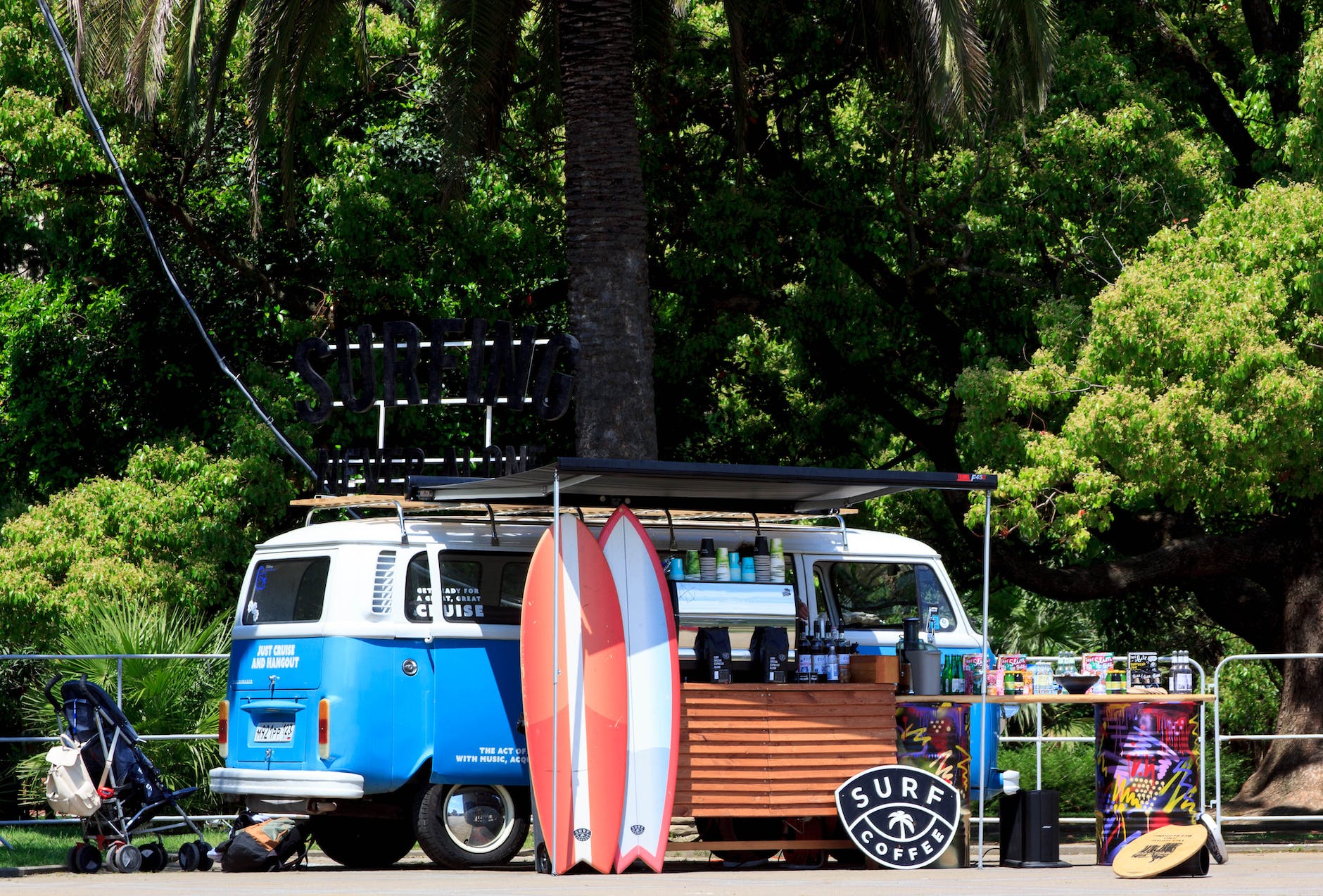One essential technique every surfer must excel at is the pop-up - a seamless and quick transition from paddling to standing on the surfboard. The refinement of your pop-up forms the cornerstone of every exceptional ride, paving way for agility, flair, and overall surfing prowess.
These elements help surfers catch waves effectively, protect them from potential hazards, and ensure a positive and enjoyable surfing experience. Here's the anatomy of a perfect pop-up in surfing:
Board Positioning and Wave Catching
Before even contemplating the pop-up, it's essential to be correctly positioned on your surfboard. Your chest should be directed towards the front of the board with hands spread out at shoulder-width.
The Importance of Timing
In surfing, timing is critical, particularly during a pop-up. As you feel the wave lifting you, it's vital to time your pop-up just right. If you're too quick off the mark, you might plunge headfirst into the wave; delay too long and you could lose out on a great ride.
Quick and Seamless Movement
The transition from lying down to standing up on your board (the pop-up) should be one swift fluid movement. Avoid slow or disjointed movements as they can disrupt balance and waste valuable energy from the wave. Engage your core muscles during this process - bring your back foot forward while simultaneously swinging your front foot into position.
Positioning Your Feet
Upon completion of a successful pop-up, ensure that both feet land parallel to each other at shoulder-width distance apart with knees slightly bent for balance. This stance provides better control over your surfboard and prepares you for more complex moves as you ride along with the wave.







